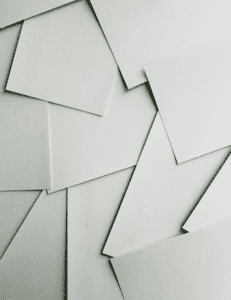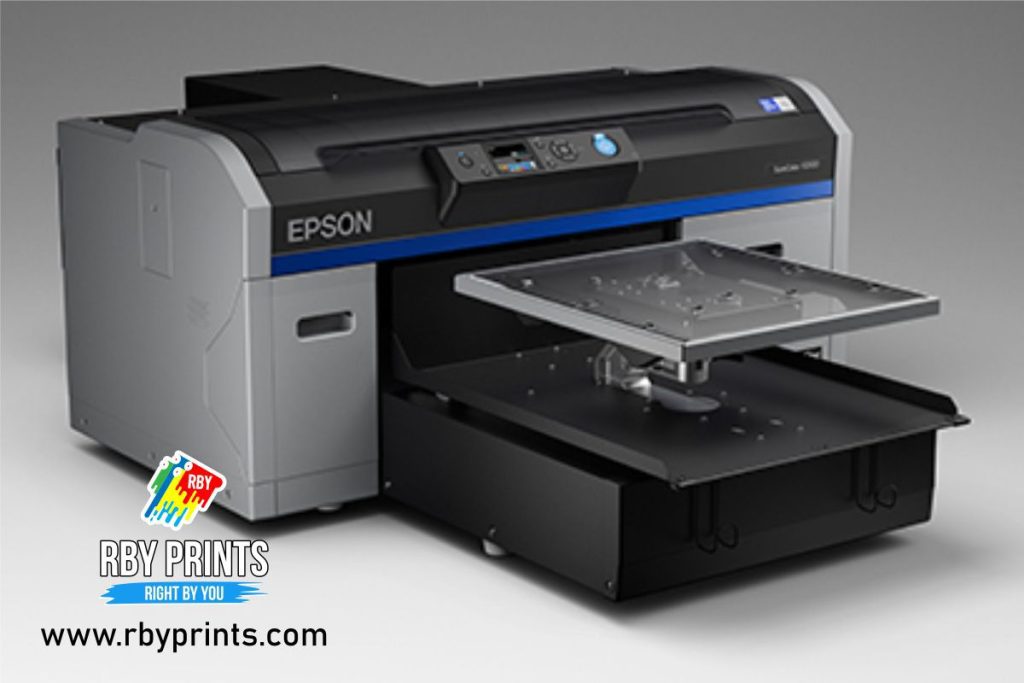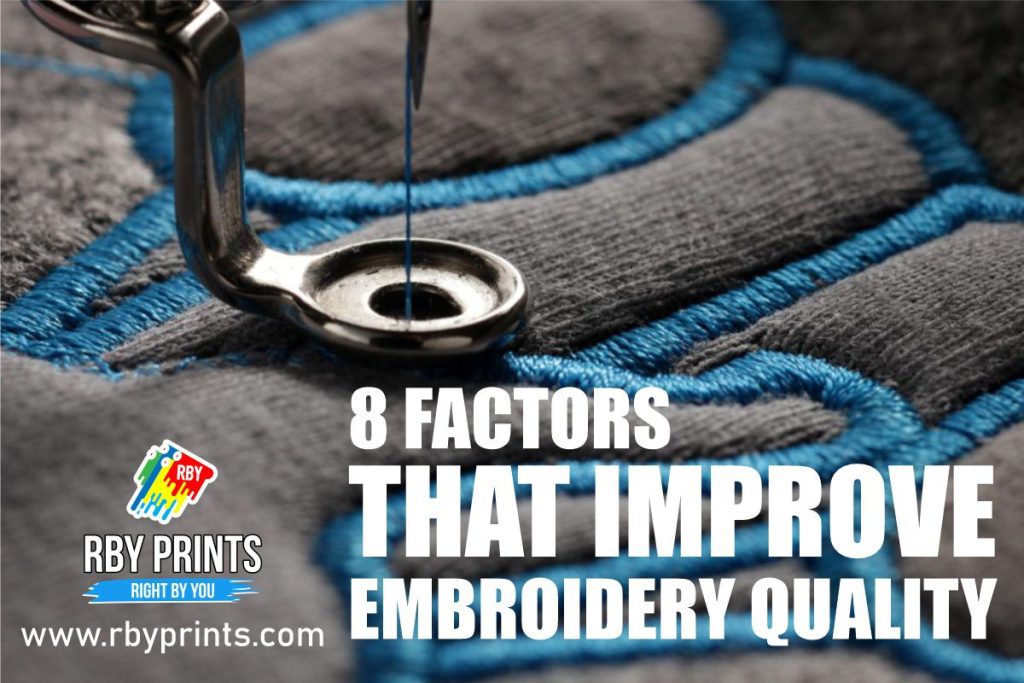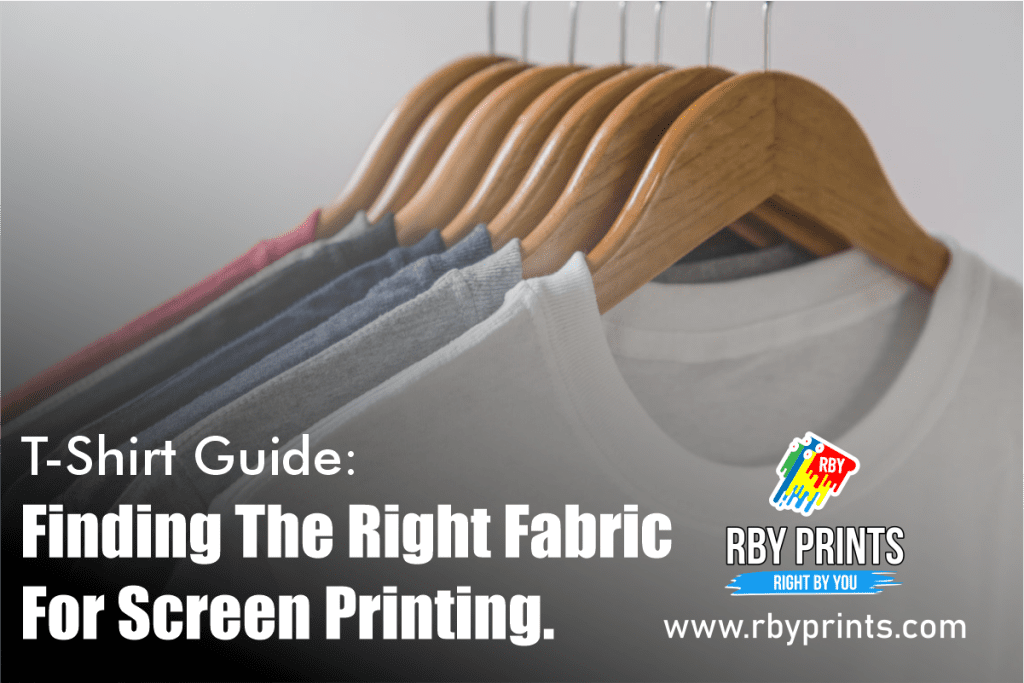When it comes to printing, selecting the right paper is as crucial as choosing the right printer. The type of paper you use directly impacts the overall look, feel, and durability of your printed materials. Whether you’re designing business cards, brochures, flyers, or custom packaging, understanding the various paper types and their uses will help you achieve the best possible results. This comprehensive guide will walk you through the essential factors to consider when choosing the right paper for your printing projects.
1. Understanding Paper Terminology
Before diving into paper types, it’s essential to familiarize yourself with some key terminology that will help you make an informed decision:
- Weight: Paper weight is measured in grams per square meter (gsm) or pounds (lbs). Heavier paper is more durable, thicker, and tends to feel more luxurious, while lighter paper is typically used for less expensive, everyday printing.
- Texture: The texture of the paper affects the appearance and feel. Paper textures can range from smooth to rough, with variations like linen, laid, or felt. Textured papers give a premium feel, while smoother papers are often preferred for clean, sharp images.
- Finish: The finish refers to how the paper surface feels and looks. It could be glossy, matte, satin, or uncoated, and it impacts how colors appear and how the paper handles ink.
- Opacity: This measures how much light passes through the paper. Higher opacity is essential for double-sided prints to avoid show-through from the opposite side.
2. Choosing the Right Paper for Specific Printing Projects
Business Cards
-
Weight: Business cards typically use heavier paper, ranging from 250gsm to 400gsm, to give them a professional feel and sturdiness.
- Finish: Glossy or matte finishes are popular for business cards, depending on the desired look. Glossy finishes provide vibrant colors and shine, while matte finishes offer a more subtle, elegant look.
- Texture: Some business cards use textured paper like linen or cotton to add a tactile element, enhancing their premium feel.
Brochures and Flyers
- Weight: For brochures and flyers, paper weight typically ranges from 130gsm to 200gsm. These are lighter papers that still offer durability without being too heavy.
- Finish: A glossy finish can make the colors of your design pop, while a matte finish is ideal for text-heavy content that needs to be readable in various lighting conditions.
- Texture: For a professional and clean look, smooth paper is often preferred, though a textured option could add extra appeal if the brochure is meant to stand out.
Posters
- Weight: Posters usually require a heavier paper to prevent damage or wrinkling. Common weights range from 150gsm to 250gsm, but for higher-end or larger posters, thicker paper (such as 300gsm or more) can be used.
- Finish: Glossy finishes work well for colorful and vibrant posters, while matte finishes provide a more sophisticated and subdued effect.
- Texture: Smooth paper is often used for posters to ensure clarity and vibrancy in images and text. Textured paper is not usually ideal for posters since it can detract from the visual impact.
Packaging
- Weight: Packaging materials usually require thicker paper, ranging from 250gsm to 350gsm, to ensure the item is protected and durable.
- Finish: The finish for packaging depends on the brand’s identity. A glossy finish can make packaging appear high-end, while a matte or uncoated finish gives a more natural, earthy feel.
- Texture: For product packaging, textured paper can add a tactile element that resonates with customers. Linen or felt finishes are often used for luxury packaging or boutique items.
Presentation Folders
- Weight: Presentation folders generally use heavier paper to ensure they feel sturdy and professional. A paper weight range of 250gsm to 350gsm is common.
- Finish: A satin or gloss finish is preferred for presentation folders to create an upscale appearance. Gloss finishes make the colors pop, while satin or uncoated finishes offer a subtle, sophisticated look.
- Texture: Smooth finishes are standard for presentation folders to ensure crisp, clear prints.
Read more: 8 Factors That Improve Embroidery Quality


3.Paper Types and Their Uses
Different types of paper serve different purposes in the printing industry. Understanding these paper types will help you choose the one that best suits your project’s needs.
Uncoated Paper
- Characteristics: Uncoated paper has a natural texture and is typically used for writing, printing, and other general purposes.
- Uses: Common for business cards, letterheads, and brochures, uncoated paper provides a tactile experience and a sophisticated, elegant look.
Glossy Paper
- Characteristics: Glossy paper has a shiny finish that makes images and colors appear more vibrant and vivid.
- Uses: Ideal for high-impact marketing materials such as brochures, flyers, and posters that need to capture attention and stand out.
Matte Paper
- Characteristics: Matte paper has a non-shiny, smooth finish. It offers a more subtle and sophisticated look compared to glossy paper.
- Uses: Suitable for printing text-heavy documents like annual reports, newsletters, and catalogs, as it provides easy readability without glare.
Satin Paper
- Characteristics: Satin paper offers a smooth, soft sheen that’s between glossy and matte. It’s not as reflective as glossy paper but still offers some vibrancy.
- Uses: Frequently used for high-quality marketing materials, invitations, and presentation folders.
Linen Paper
- Characteristics: Linen paper has a textured finish that gives it a distinct, upscale appearance. It’s often used for premium projects.
- Uses: Ideal for business stationery, wedding invitations, and upscale brochures or promotional materials.
Recycled Paper
- Characteristics: Made from post-consumer waste, recycled paper offers an eco-friendly option while still maintaining high-quality print results.
- Uses: Popular for companies that focus on sustainability, recycled paper is used for everything from brochures to letterheads and flyers.
4. Factors to Consider When Choosing Paper
1. Cost vs. Quality
The price of paper can vary depending on weight, finish, and brand. While heavier, coated, and specialty papers tend to cost more, they can elevate your printed materials, making them look more professional and appealing. On the other hand, lighter papers are more cost-effective for bulk printing projects.
2. Purpose of the Printed Material
Consider the purpose of the print job. Are you creating an elegant wedding invitation, a budget-friendly flyer, or a high-end product packaging design? Understanding the function of the printed material will help you select the right paper that matches the project’s tone and requirements.
3. Printer Compatibility
Before purchasing paper, make sure it’s compatible with your printer or the printer you’re outsourcing to. Not all printers handle thick or textured paper well. Ensure that the weight, size, and type of paper you choose can be used without jamming or printing issues.
4. Sustainability
With increasing awareness of environmental issues, many businesses are choosing sustainable options, such as recycled paper or paper from certified sustainable forests (FSC-certified). Opting for these eco-friendly papers shows your commitment to sustainability and may appeal to your environmentally-conscious customers.
5. Paper Brands and Quality
Different paper brands offer varying levels of quality. Some well-known paper brands, such as Mohawk, Neenah, and Sappi, provide top-notch papers with consistent quality and reliable performance. Investing in high-quality paper brands ensures that your print projects will have a professional finish.
Conclusion
Choosing the right paper for your printing projects is more than just picking a type off the shelf. It involves understanding the purpose of the material, the desired look and feel, and the practicalities of printing with different paper types. Whether you’re working on business cards, marketing materials, or packaging, selecting the right paper can enhance your project’s quality, appearance, and durability. By considering factors like paper weight, finish, texture, and environmental impact, you can make an informed decision that aligns with both your aesthetic and functional goals. Happy printing!
To request a quote from RBY Prints, visit here!




